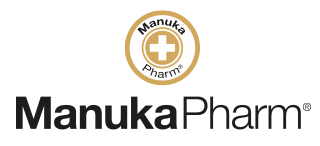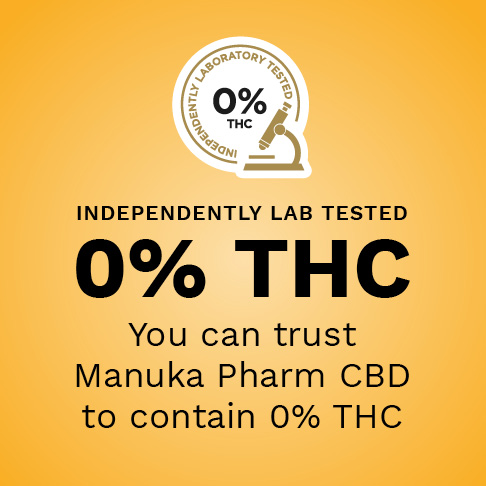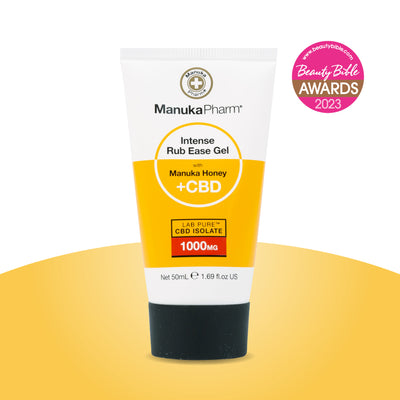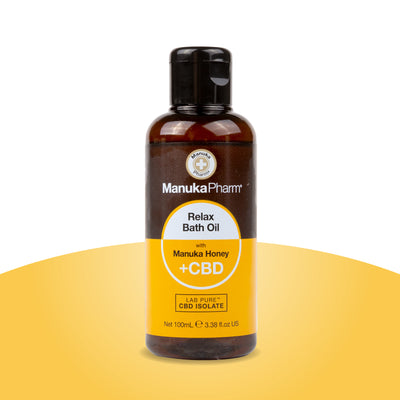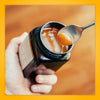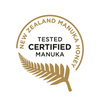To put it simply, muscles are fundamental to movement, and are attached to bones by tendons. When a muscle contracts it shortens and in turn pulls on a bone thereby creating movement at a joint. There are approximately 650 muscles in the human body, and these can be categorised into skeletal, smooth and cardiac muscle groups. The importance of maintaining good bone strength as we get older is well documented, but what about muscle strength?
What are muscles made up of?
Hundreds to thousands of elastic muscle fibres are bundled tightly together, surrounded by connective tissue to create a muscle, The muscle fibres are stimulated by nerve cells to contract. Muscle strength is determined by the number of muscle fibres within the bundle.
The aging effect!
People age differently, where some people may remain active and alert as they age, others may experience the effects of arthritis, diabetes, and osteoporosis to name a few common chronic conditions, which in turn reduces a person’s ability to be physically active [1]. A person’s physiological age can be very different to their chronological age.
‘Sarcopenia is the term used for age-related progressive decline in muscle mass and muscle strength’ [2]. This reduction in muscle mass and strength is found to begin in early adulthood and significantly increases after 50 years of age [3], at a steady rate of 1-2% per year [5]. Lean muscle mass contributes to 50% of body weight in young adults, but this reduces to 25% by the age of 75 years [3], posing the ageing population at much greater risk of reduced mobility, falls and loss of independence [6]. When there is a loss of muscle mass, commonly there is an increase in non-contractile structures such as fat (adipose tissue). In addition, the water content of tendons reduce, contributing to stiffness and reduced ability to tolerate use.
People often report feeling more tired as they get older, and this is partially explained by the heart muscle being less able to push large quantities of blood as quick or efficiently. This explains why we tire more quickly and take longer to recover.
Worthy of note, is many of the changes within our muscles take place due to disuse, as opposed to solely the ageing process [3]. Gov.UK have identified 74.1% of people aged 16-24 were physically active, compared with 40.5% of people aged 75years and older. It is reasonable to suggest this figure to be even lower now with the increase in sedentary lifestyles due to the recent COVID pandemic.
There is hope!
Knowledge is power! Being mindful of the effects of the aging process and being proactive to counterbalance these effects is key to maintaining an independent lifestyle and feeling in control of your body changes. Research has proven that a healthy diet, regular exercise, and a positive attitude all contribute to reducing the onset and progression of age-related changes [1]. Stretching is a simple yet efficient way to maintain flexibility of our joints, while weighted exercise can increase muscle mass and strength. The NHS advocate 150 minutes of moderate exercise weekly is sufficient to reduce the risk of developing BP, heart, diabetes, Cancer and other age related health problems.
The role of CBD oil in muscle recovery
The natural process of muscle soreness after exercising is caused by microscopic damage to the muscle fibres, which is key for their growth and repair [7]. Equally, sitting for too long, or lifting heavy objects induces muscle soreness too.
There is rapidly growing interest into the physiological benefits of Cannabidiol (CBD), coupled with increasing research and clinical trials to gain a greater understanding. There is preliminary supportive evidence for its anti-inflammatory and pain-relieving benefits [8].
Hatchett et al (2020) conducted research into the effects of CBD on muscle soreness associated with exercise. They concluded CBD appears to have a significant influence on muscle soreness, enabling an athlete to return to pre-exercise levels quicker than that of the MCT oil group or null intervention groups. CBT is of great interest both as a food supplement and as an oil, coupled by a growing awareness and understanding of its use.
Why not try?
Manuka Pharm’s targeted Joint Supplement, which has been designed to support the normal function of bones, cartilage and muscle for increased flexibility. This innovative CBD and Manuka honey food supplement supports the normal function of bones, cartilage and muscle. Made with lab pure CBD Isolate, Manuka honey, Vitamins C, D, K2, Glucosamine and Turmeric.
Or, why not try Manuka Pharm’s Cooling and Warming Rub Ease Gels? Formulated to ease and soothe tired, aching muscles and reduce inflammation. Made with 0% pure CBD (with no THC) and Genuine Manuka honey.
